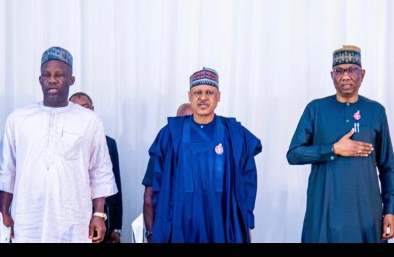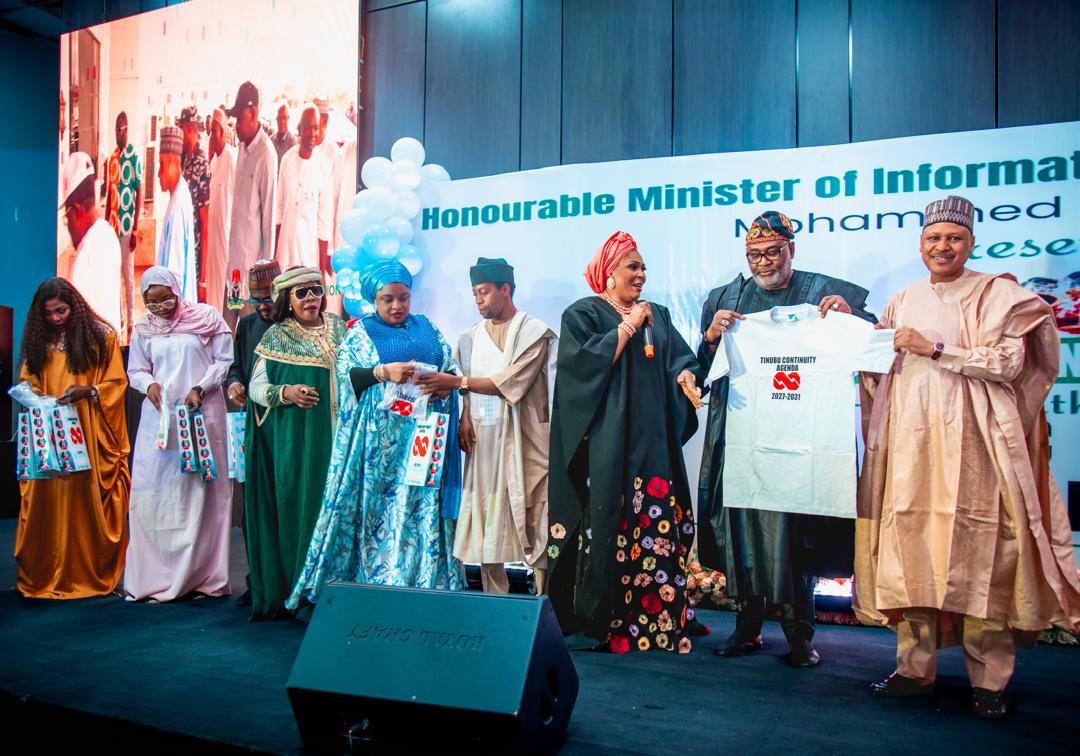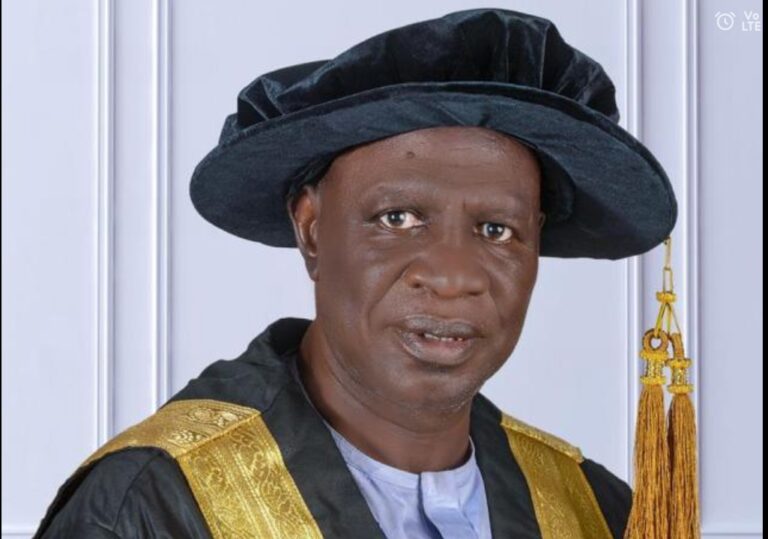Erelu Owa: Echoes of Ogbagi’s throne and its timeless panegyric By Ladidi Al-Hassan
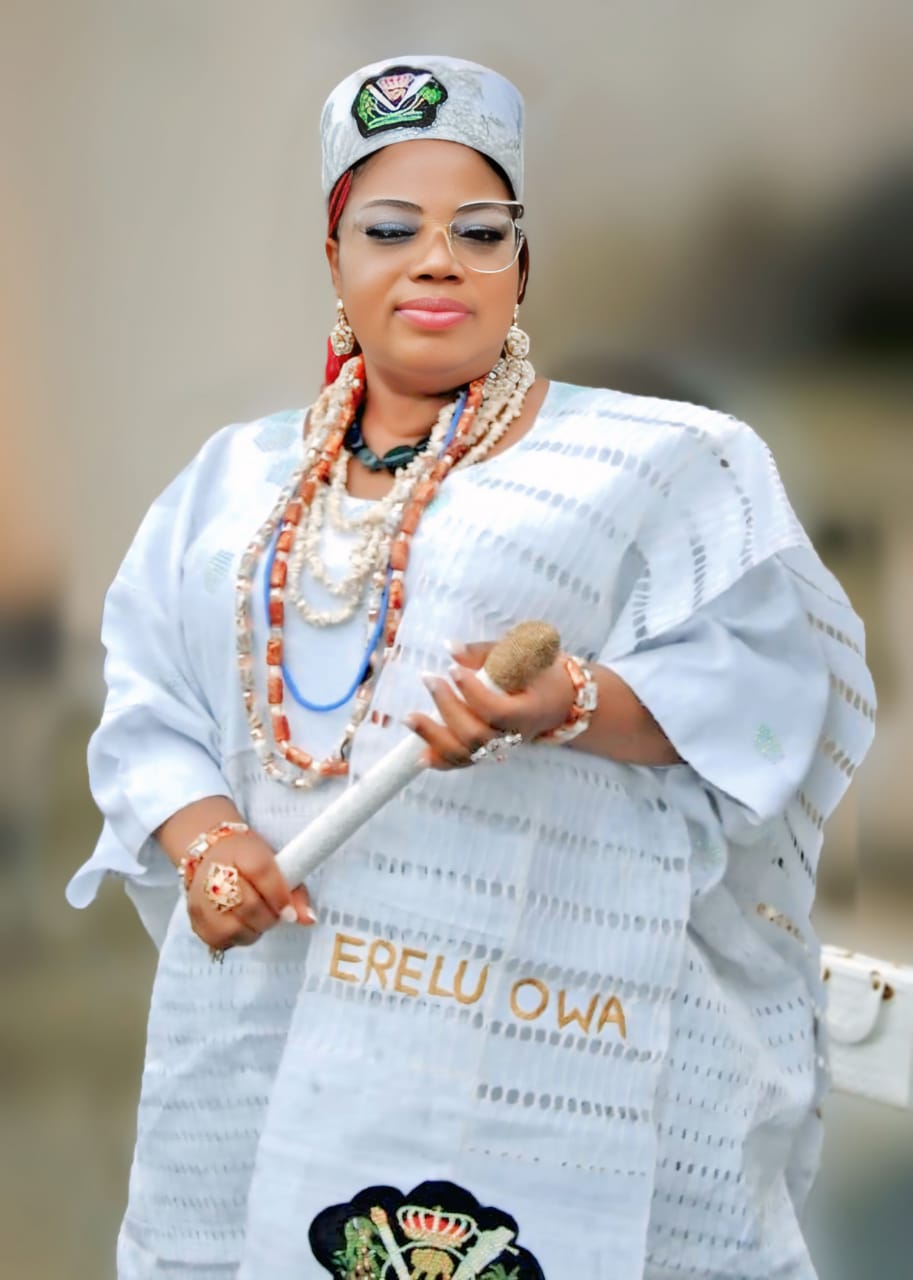
Erelu Owa: Echoes of Ogbagi’s throne and its timeless panegyric By Ladidi Al-Hassan
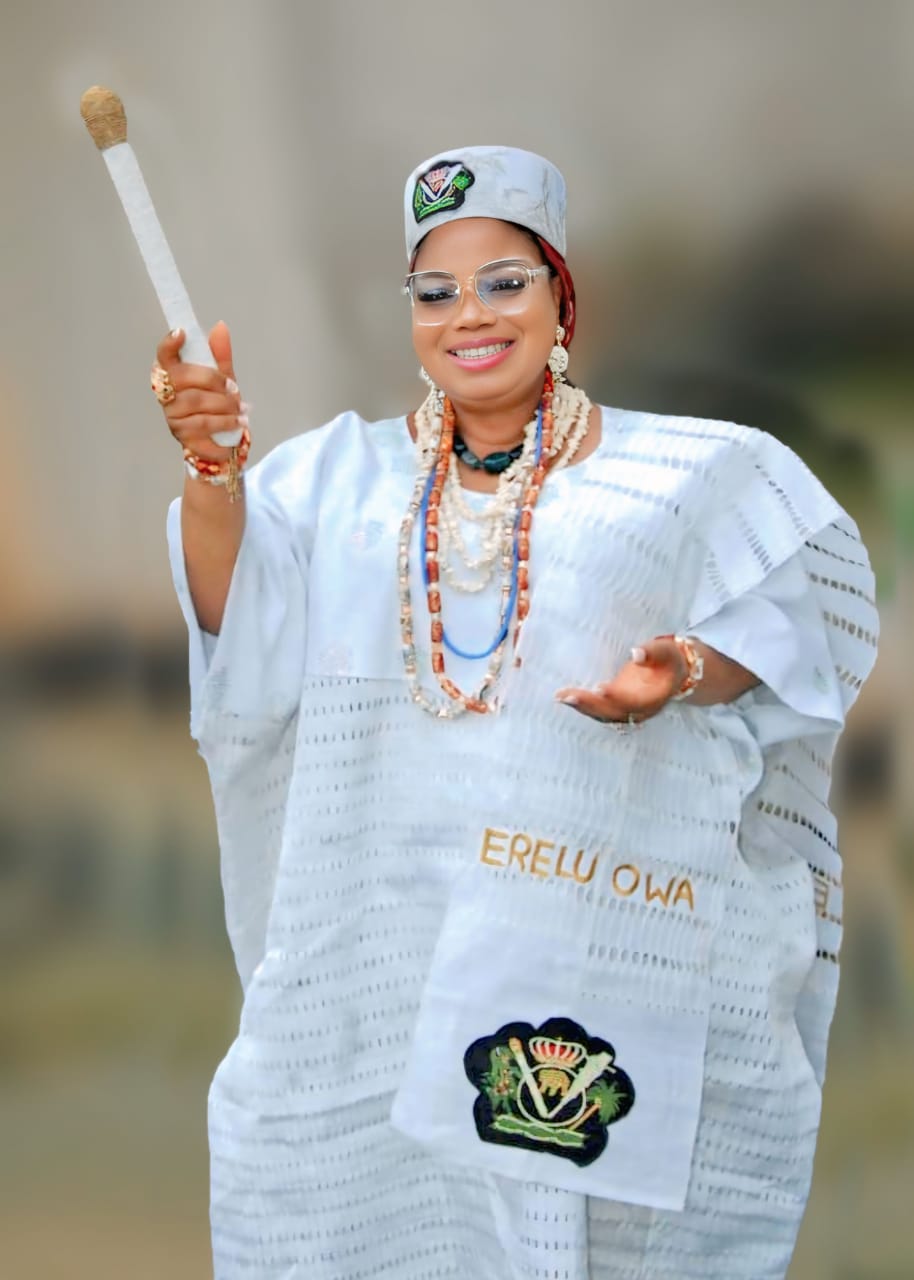
I am Erelu of Ogbagi, though I have chosen to be styled as Erelu Owa. By birth, I belong to a lineage deeply intertwined with the throne of Ogbagi. My mother, Imoo, was the daughter of an Olori (Queen), and under Yoruba custom, an Olori is not merely a wife to a king but a bride of the throne itself.
Through this sacred tradition, she was successively married to three Owas of Ogbagi and, ultimately, to the eldest prince, Ajibade. Her royal journey began with Oba Ajofoyinbo, passed through his successors, and concluded with the eldest son of the late monarch.

This was because, in Yoruba tradition, an Olori is considered married to the throne itself.
Ogbagi, located in Akoko North-West Local Government Area of Ondo State, Nigeria, is steeped in royal heritage. The paramount ruler of the town is the Owa.
Historical records show that the first Owa of Ogbagi migrated directly from Otu-Ife. When he departed Ife, he carried with him several symbolic emblems of royalty, including the Ade Ajiwajiwa Ileke (the beaded crown that covers the face), numerous beads, the Upe or Kakaki (royal trumpet), and other paraphernalia of kingship.

Among these was water drawn from the sacred River Aweya in Ile-Ife. The water was wrapped in cocoyam leaves and transported to Ogbagi, where it remains the royal water of the land. River Aweya is a mysterious river with fish that cannot be cooked or roasted.
Anyone who falls into its waters mysteriously emerges at a spot close to the palace, nearly a kilometre away. The river has its own chief priest, known as Aworo Aweya.
The Aweya River of Ogbagi is the same as that in Ile-Ife, further deepening the spiritual and historical bond between both towns.
Another symbolic item brought from Ile-Ife was the seedling of a palm wine tree. Today, Ogbagi is renowned for producing some of the best palm wine, a tradition shared with Ile-Ife, which is also famed for its unique palm wine.
Before leaving Ife, the Owa was directed by Ifa to settle where he would find a special kind of stone: the glittering glacier rock known as Itacolumite—flexible, mirror-like rock crystals that shine like foil paper.
True to the prophecy, the palace of the Owa of Ogbagi was established atop Itacolumite, and the surrounding Egako area is filled with these rare minerals. Locally, they are called Idonmudanran crystal stones or obsidian.
The late Ooni of Ife, Oba Okunade Sijuwade Olubuse II, deeply valued these historical connections.
During his glorious reign, he visited Ogbagi six times. In 1986, he not only visited but also donated funds and ordered the expansion of the Owa’s palace, facilitating the construction of the current auditorium within the palace grounds.
Throughout his reign, he maintained a close relationship with Ogbagi. In 2013, during a period of unrest in the town, the Ooni dispatched six Obas from Ile-Ife, along with his royal staff, to restore peace further affirming the blood and historical ties between Ogbagi and Ile-Ife.
The panegyrics and eulogies of the Owa of Ogbagi Kingdom are rooted in these historical and spiritual foundations:
Ajiwajiwa Ileke, o tori Ileke doluku Oyo
Alawe Ya Aweri Gbokun, Alawe Ya Aweri Peja
Mo bere mole ki mi meja, mi ri gogo eyin re
Ihairia Aweya o dabi eja
Oludanmudanran ki danju alejo, Oludanmudanran dan moju mi rokiti Egako
Anuta mo rerun musin, Okuta yeye si ako, Ubobo joye joye tititi o joye uta gbogbo
Omo a sin ekuro lori eru, bi eru ba ku a o ra miran
Omo Onile Nla Ogbagi, eni ti o sa si ojo a pa
Omo Olose gba rinmi rinmin konle, Olose ko fa ri run je, ko segbe nodu nodu
Omo a maja musu meta rodo uroko, aja ra ba gbe ki usu meta bo wa sile
Elejinkule a de wure, Orisa je mi da bi olule yi
Elejinkule ki so eho, Elejinkule ki so ororo akun, Ileke iyun ati segi
Elejinkule ki so alaari ati pinrin baba aso
Kaabiyesi, kade pe lori, ase ko pe lenu.
Coral and Segilola beads, as part of this cultural expression, continue to be extensively adorned by royalty and chiefs of Ogbagi descent, symbolising continuity, dignity, and the unbroken link with their ancestral roots in Ile-Ife.


